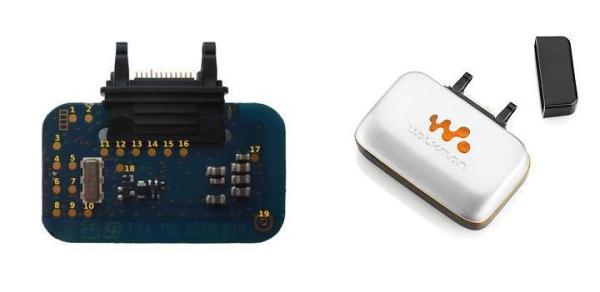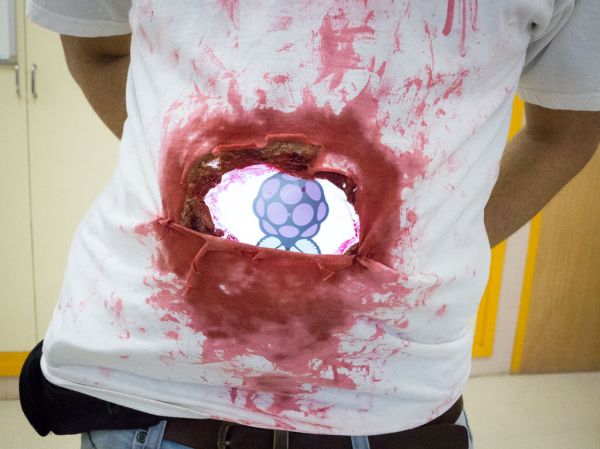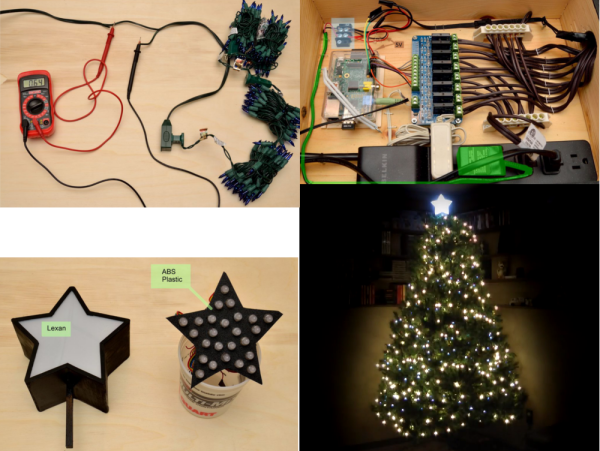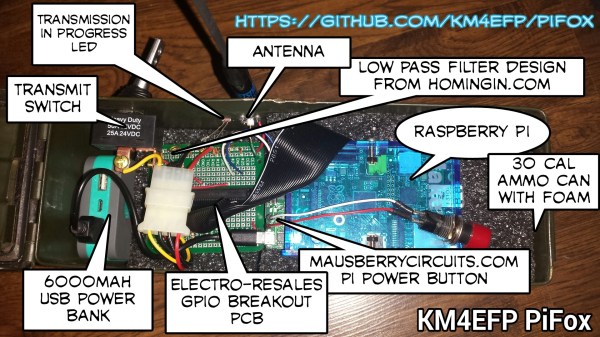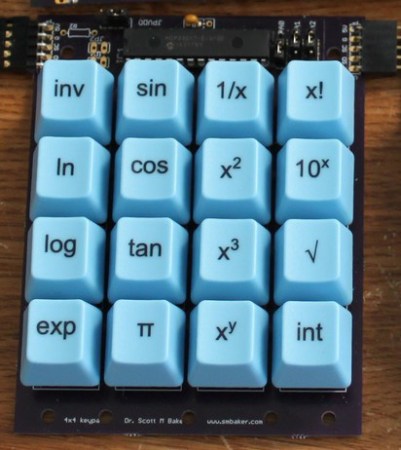It’s always exciting to see the photos from High Altitude Ballooning (HAB) outings. While it’s no surprise that the Raspi is a popular choice—low cost, convenient USB jacks, etc.—this is the first build we’ve seen that uses an OLED during the trip to show real-time data on-screen to be picked up by the on-board webcam. (Though you may have to squint to see it at the bottom middle of the above image).
[Fabrice’s] payload made it to 26,000m, and the screen he chose, an ILSOFT OLED, performed admirably despite the extreme conditions suffered (temperatures can reach -50C). The last time we saw a near-space Raspi payload was a couple of years ago, when [Dave Akerman] was closing in on UK balloon altitude records. [Dave] hasn’t stopped launching balloons, either, testing new trackers and radio modules, as well as his most recent build that sent a Superman action figure to the skies—all recorded in glorious HD.
Check out both [Dave] and [Fabrice’s] blogs for loads of pictures documenting the latest in High Altitude Ballooning, and stay with us after the jump for a quick video of [Fabrice’s] OLED in action.


